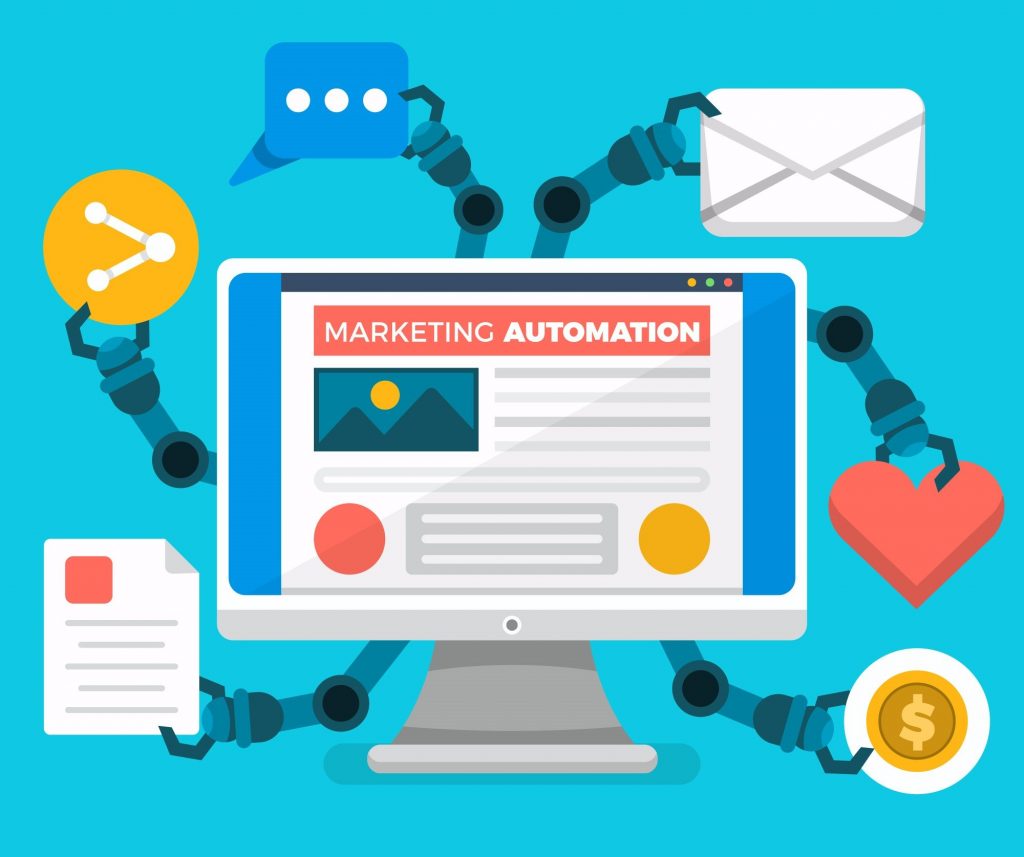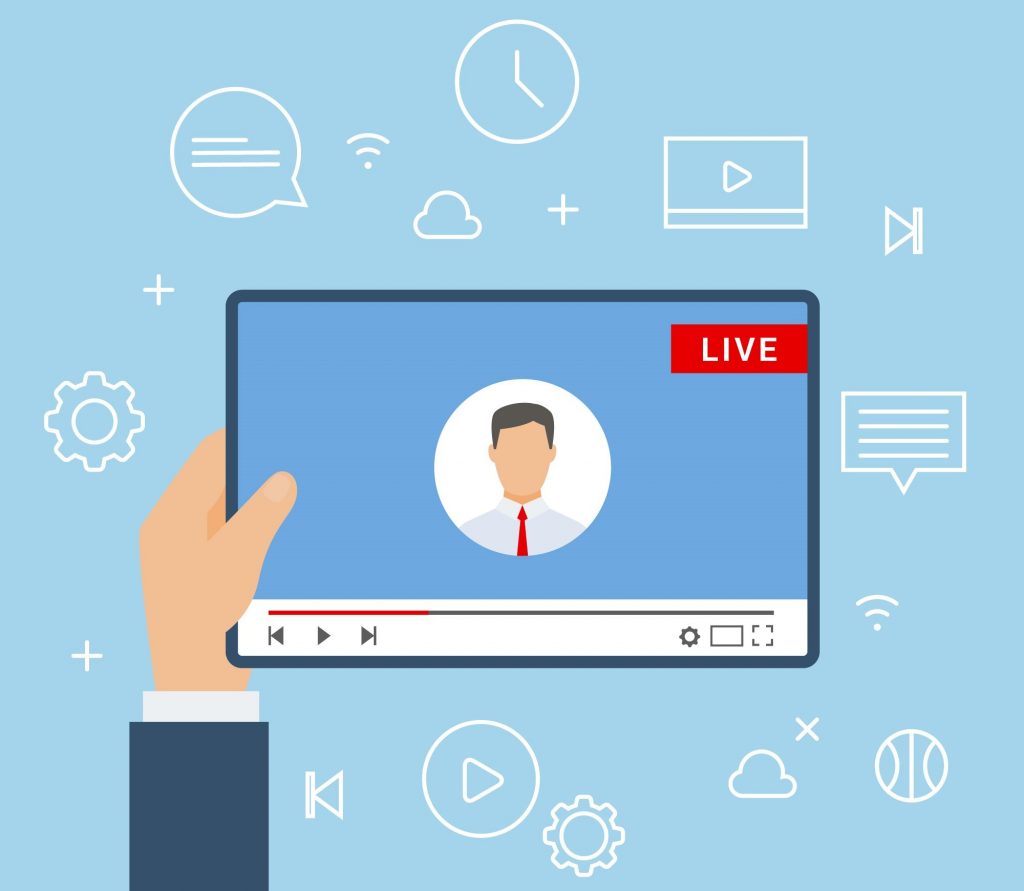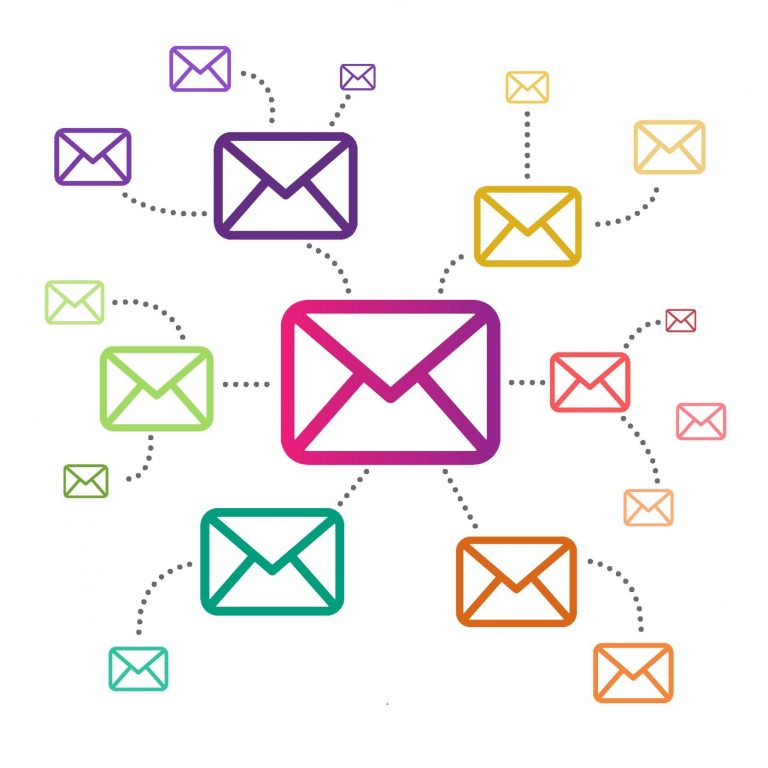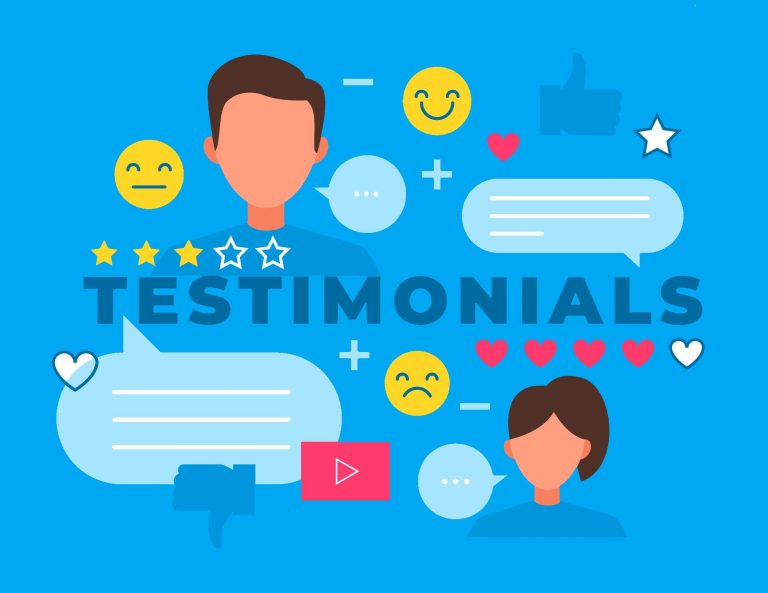A Guide to Education Marketing in 2024

Understanding the academic interests of 21st century learners combined with the digital discovery of courses will lead to a new education marketing strategy for institutes across the globe. This is also further fueled by advent of social media, deeper internet penetration & popularity of online courses. Today we have a GenZ buyer who will be engaged, discovered & acquired digitally by the education brands. This is a new paradigm shift in how education marketing will work. Let us take a detailed look at the comprehensive guide we have created for Education Marketing by seasoned experts –
We have come up with effective education marketing strategies that work and are giving results in 2024 to many universities and education enterprises. These strategies will help you to create your institutes own brand, reach the right prospects, be heard in the chaos, and most importantly increase enrolments.
What is Education Marketing?
Education marketing is the set of marketing strategies aimed at the higher education market. Because of the strong competition among colleges, it is important for institutions to amp up their marketing strategies to attract more students towards them. Plus, there is a challenge of keeping students interested in the idea of continuing higher education in the first place.
As the technology scene changes every day, it is important for educational institutions to find the right technological channel through which they can get more enrolments into their institutions and manage the current student details efficiently.
What’s new in the Educational Marketing Scene this Year?
As per the Global Digital Report 2019, the 21st century has witnessed an astronomical increase in the use of social media. As per the latest statistics, about 84% of the global population that has access to the internet uses social media. This means that every potential student has access to social media and is capable of engaging with others via the same to promote various thoughts and ideas.
Here are some of the strategies that may prove useful for effective education marketing:
Centralised Reporting and KPI Tracking

The trickiest part about running an educational institution is that none of the systems are centralised – which means that the budgets for marketing are spread across departments, and there is no communication among them. However, when you have a set of standard KPIs on which to design a marketing strategy, all the departments fall in line to operate amongst each other. An integrated strategy will not only prove useful for the branding of the educational institute but also to the stipulated budgets.
It is important first to understand what you are trying to measure when it comes to tracking the analytics. Don’t limit the objective of your measurement to merely recruitment and enrolment. Your target has to include the analytics related to post-enrollment and the entire course duration. Consider parameters such as the following to track your performance in your education marketing campaign:
- CTA Conversion Rates: Are people subscribing to your channels? Participating digitally in your website (answering polls, posting feedback)?
- Traffic: Where does the majority of your traffic come from? How are you acquiring your traffic – email programs, organic search, social media outreach?
- Social media engagement: Is your audience interested in you? Are they reading your content and engaging with it by discussing it and so on?
- The economic worth of paid social media: How much are you paying for your social media to gain one student? Which campaign is giving its worth and which one is merely sucking funds?
Marketing Automation

Traditional marketing has a lot of involvement from the marketer, but then there is no way to measure its impact on the viewer. For example, newspaper ads and pamphlets. How can one evaluate their impact if they have no idea if the readers have actually read their ad? As opposed to that, it is now possible to automate the marketing process by digitising the whole campaign. With a marketing automation program designed by ExtraaEdge, it is possible to bring all the marketing leads from across the digital landscape on a single platform.
Live Streaming and Video Marketing

Human beings are visual beings. That’s why where a picture may say a thousand words, a video says it all (sometimes in much lesser words). When it comes to deciding on an educational institution, what matters the most to an audience is the connection with the staff. It may not always be possible for the higher authorities like the coordinators or the Dean to meet the prospective students personally. In such a situation, a video message addressing the students and their families can prove to be very effective in establishing a connection.
Studies have proven that video marketing helps universities revenue to increase by about 49%. However, merely posting bland videos may not help your cause. The importance of the video lies in the story it presents to the viewer and how the viewer relates to it.
Social Media Influencers

There is a rising tribe of social media influencers who post snippets of their experiences on various platforms like Instagram, Facebook, and YouTube. The chances are that a campus already has a host of such influencers, and some of them may already be journaling their experiences through pictures or Vlogs (video blogs). Or there may be a need to recruit one from outside. With the help of an influencer, create an effective campaign using genuine student reactions. Remember no matter how flashy the world may get – real or virtual, honesty is always the best policy.
The trick with using social media campaigns is that the current generation using it has a very low attention span – about eight seconds. This means the education marketing campaign on social media has to be on-point. Plus there is also a matter of multiple platforms that each individual is a part of, making multi-tasking a new challenge to be dealt with. The first step towards dealing with this issue is using marketing automation tools to track the most popular platform for various age groups and genders. With this data, a seemingly insurmountable issue can be tackled easily.
Mobile-Friendly Marketing

Visit any point on the globe, and the most common vision is that of a young adult or a teenager looking at their mobile screen. The mobile phone has become an extension of our personality. According to surveys conducted by major technology companies, a whopping 75% of the young generation finds the mobile phone as their favourite device.
This means that any message that needs to be conveyed to anyone first reaches their mobile phone. A person may open their laptop only when they need to perform a much more complicated task that may not be possible with a mobile phone. In fact, according to the same survey, the laptop is the second favourite device used by 45% of the users.
Therefore, mobile-friendly marketing should be an indispensable part of your education marketing and higher education marketing campaign. For a successful mobile marketing campaign, the first and foremost point to remember is that any design – website, online ad, brochure, blog – should be designed keeping the mobile screen in mind. A seamless display goes a long way in creating a successful first impression. Gen Z – our target audience – is a very picky crowd with very less patience. The chances are that even the slightest glitch in accessing an ad may result in a bounce and a potential student could be lost.
Personalised Email Marketing

How do you decide that you want to read a marketing email? When do you feel that it connects to you and identifies with your requirement right? This is the same formula to be used with education marketing. Before running an email marketing campaign you should know the basic do’s and dont’s. It is first important to divide your target audience into different segments based on their requirement, such as:
- Game on Students – Gen Z population; students with impressive scores looking for the right combination of subjects to realise their career dreams.
- Confused Candidates – Young students of the same generation are confused about what they want to study further.
- Parents – Parents and guardians of aspiring students.
- Career Accelerators – Professionals who are looking to upgrade their careers with an extra dose of education.
- Career Switchers – Older students looking for something new to learn after gaining significant career experience.
Keeping these categories in mind, develop content – in any form – to reach out to their aspirations and catch their pulse.
Chatbot communication

In the field of higher education marketing, experts say that prospects don’t like to wait long for a response from a college/university – this is a considerable 60%. This is because, in case of higher education, prospects are usually a little more experienced with the education scene – and probably even the job scene, having come with some experience – and have a fixed opinion of what they would like to study further. Chances are they have many backup plans and may quickly shift gears, in case of no response from the college representative.
It is not humanly possible for a college representative to interact with and respond to every application. Therefore, a simpler and less stressful option would be to design a education chatbot that will communicate with the prospective student and discuss their options as a college representative would. Automating the responses is a critical task because, as mentioned before, no one is going to wait long enough for the live chat to reply – it has to be instant.
Testimonials from all – Old and New

The best method for successful education marketing of your campus is to get the alumni to talk about their experiences. But this isn’t a sudden process. It takes years of nurturing your relationships with your alumni, even after they have left the campuses. This includes involving them in certain programs on the campus related to their fields and honouring them regularly for their work. Also, alumni interaction can be a great strategy to increase student footfall at education fairs.
That said, the present student body can also prove to be useful when it comes to contributing to the education marketing campaign of the campus. Live streaming of their videos, interviews and candid shots of the classes and laboratories can create a great impact on a prospective student who is yet to choose their career. The best sources of live-streaming videos are campus events. Capturing every event and broadcasting it on social media is a surefire way of boosting the figures in education marketing and higher education marketing campaigns.
Artificial Intelligence (AI) to the rescue

AI as become an integral part of higher education marketing programs. Studies have shown that most of the emails that a college/university sends as a mass email marketing campaign end up in the Junk folder. In such situations, most of the time, the college/university also sends direct mail (via post) to the student as a backup mode of communication. But this action can prove counterproductive to the brand image of the college/university. It may say that “we are too old-fashioned to try sending you an email”.
Instead, test the mass emails for their effectiveness in subject lines and delivery times and find out what works for the students. You may also include an interactive section in your email where you allow the student to choose a suitable time to receive their emails. Allowing your reader to choose their delivery time increases their chances of reading the email and engaging with them thoroughly.
Tools like Education CRM & Marketing Automation allow the college/university to track the engagement level of the mail, giving them the ability to modify the email strategy for better engagement.
Other forms of AI include Augmented Reality (AR) which can be used for an immersive strategy like virtual campus tours or interactive maps. For a student, visiting the campus for the first time can be an intimidating moment. In such a situation, having a virtual map which helps the student distinguish between similar-looking buildings. This can prove to be a win-win situation for both the student and the campus.
Conclusion
There is an increased and urgent need to educate the upcoming generations and have them specialised in their chosen fields – both for their own benefit and to ensure a secure future for the entire nation. After all, it would not do to have an aimless and unskilled generation running the world in the future. For the same reason, it has become crucial for educational institutions to gear up with effective marketing education marketing strategies. These strategies should be able to encourage potential students to continue their current education and also take up higher studies.


